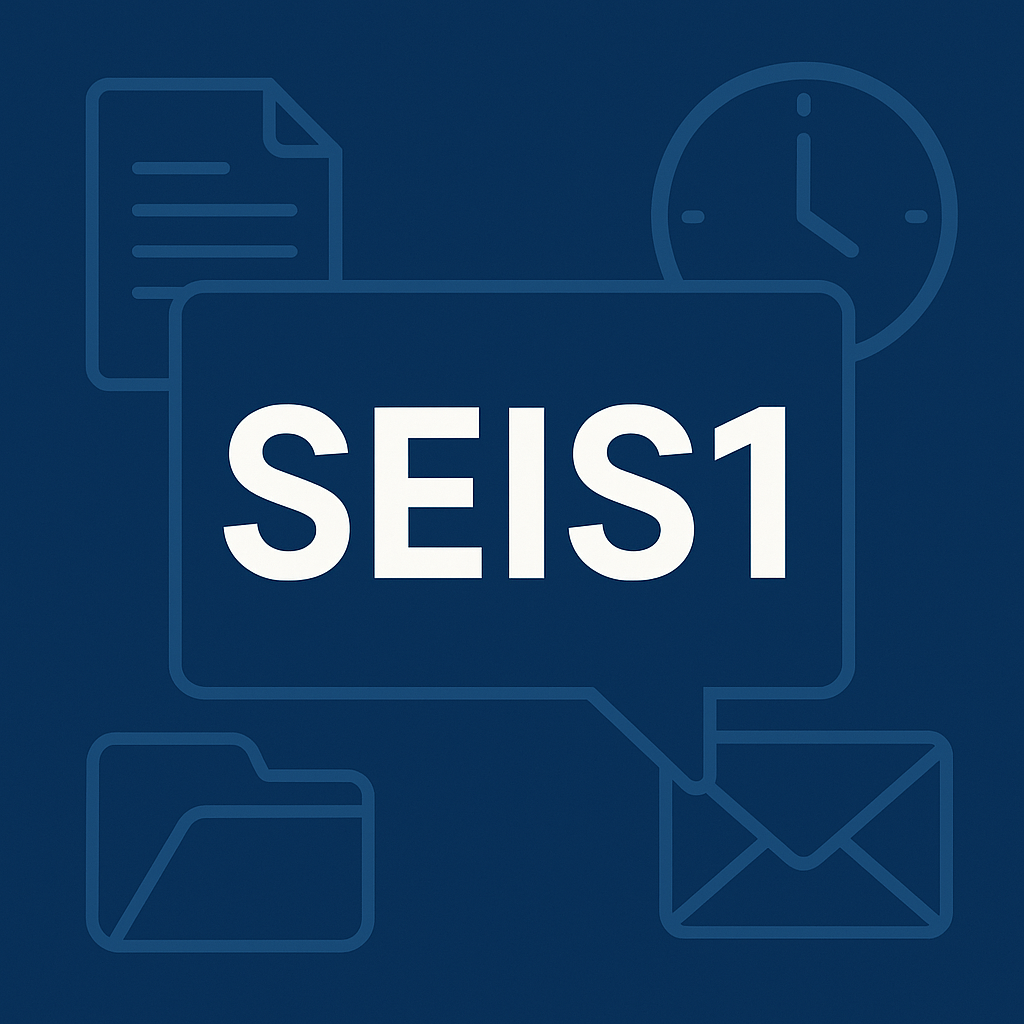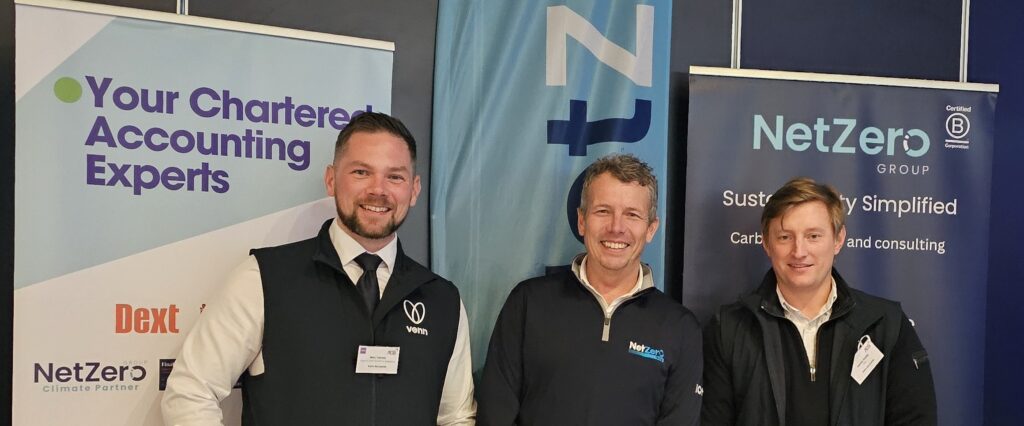UK government EIS and SEIS schemes are designed to make it attractive for private investors to put their money into high-risk companies. The end goal is to encourage innovation.
These two schemes are similar, but contain crucial differences. These distinctions mean that, depending on the type of business you have, you may be able to take advantage of one of these investment schemes.
Challenges in Raising Capital
Many SMEs and startups start with plenty of promise, only to come up against obstacles that cause them to falter. A core one of these obstacles is a lack of funding and difficulty in attracting investment.
This can be problematic for companies that are offering innovative products and solutions for which there is little precedent.
Without incentives of some sort, investors may tend to shy away from putting their money into something they perceive as being untried.
But without these funds, these innovative enterprises will be unable to fulfil their promise.
EIS and SEIS schemes make it more attractive for investors to come forward because they offer significant tax breaks in return.
How the Schemes Work
EIS stands for Enterprise Investment Scheme, SEIS for Seed Enterprise Investment Scheme.
EIS is aimed at SMEs, while SEIS is for startups.
- If a private individual invests under EIS they get 30 per cent income tax relief and pay no capital gains tax on any profits they make from this investment. They can also offset any losses against their income tax.
- If they invest under SEIS, they get 50 per cent income tax relief. They avoid capital gains tax payments on profits and can offset their losses against their income tax. Another benefit for investors is that they can claim additional capital gains relief of 50 per cent on tax paid on other investments if they reinvest this in a SEIS company.
- Under both schemes, the shares involved attract no inheritance tax.
These are the advantages for investors, but how can your business benefit from EIS or SEIS?
The Benefits of EIS/SEIS for Your Business
Under the EIS scheme, investors can put in a maximum of £1million a year. They’ll need to hang onto these shares for at least three years for them to be eligible for tax breaks under the scheme. The total amount of investment you can get under EIS for the lifetime of the scheme is £12 million.
Under SEIS, an investor can invest up to £100,000 a year in investment. The business can raise a total of £150,000 under SEIS.
To be eligible for EIS, your company must:
- Have been trading for under seven years
- Have fewer than 250 employees, and
- Hold no more than £15 million in gross assets
To be eligible for SEIS, your company must:
- Have been trading for under two years
- Have fewer than 25 employees, and
- Hold no more than £200,000 in gross assets
You must spend the investment money on qualifying business activity, or on preparations for this activity. You should check the eligibility of your business for either scheme before applying.
Providing you are eligible, EIS and SEIS are ideal ways to get funding that you might otherwise struggle to attract.
For more details about EIS and SEIS, please call us on 020 8088 2590, email enquiries@vennaccounts.com or fill in our contact form.






